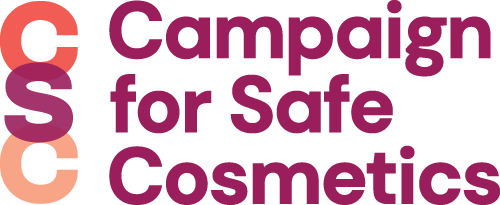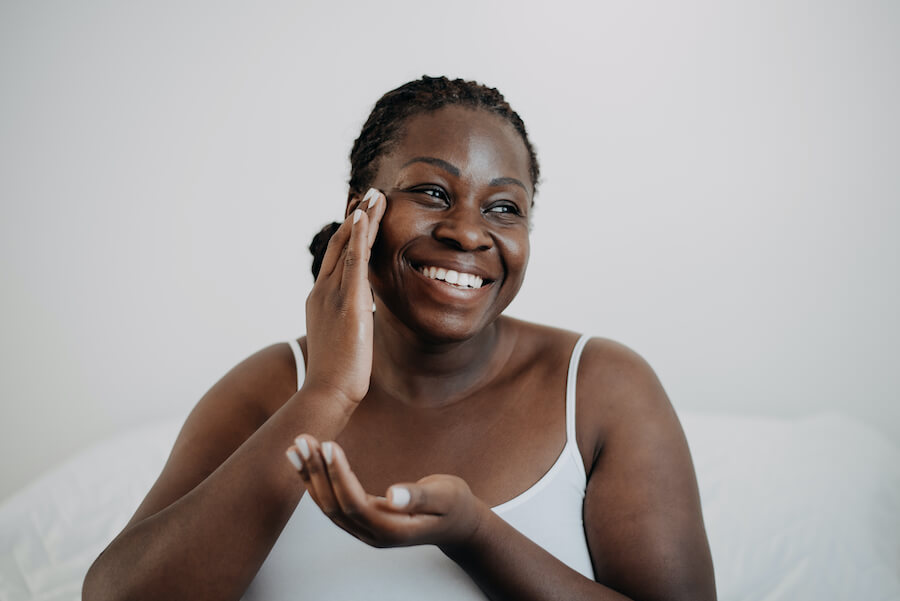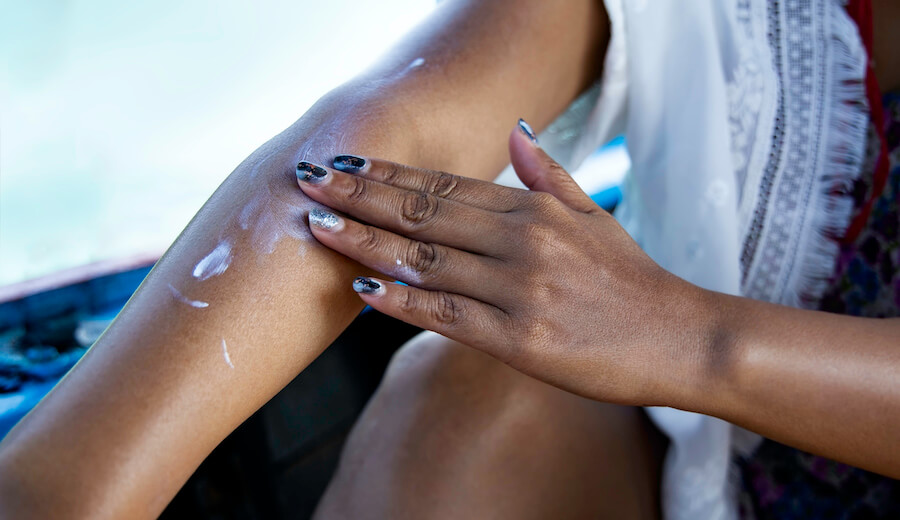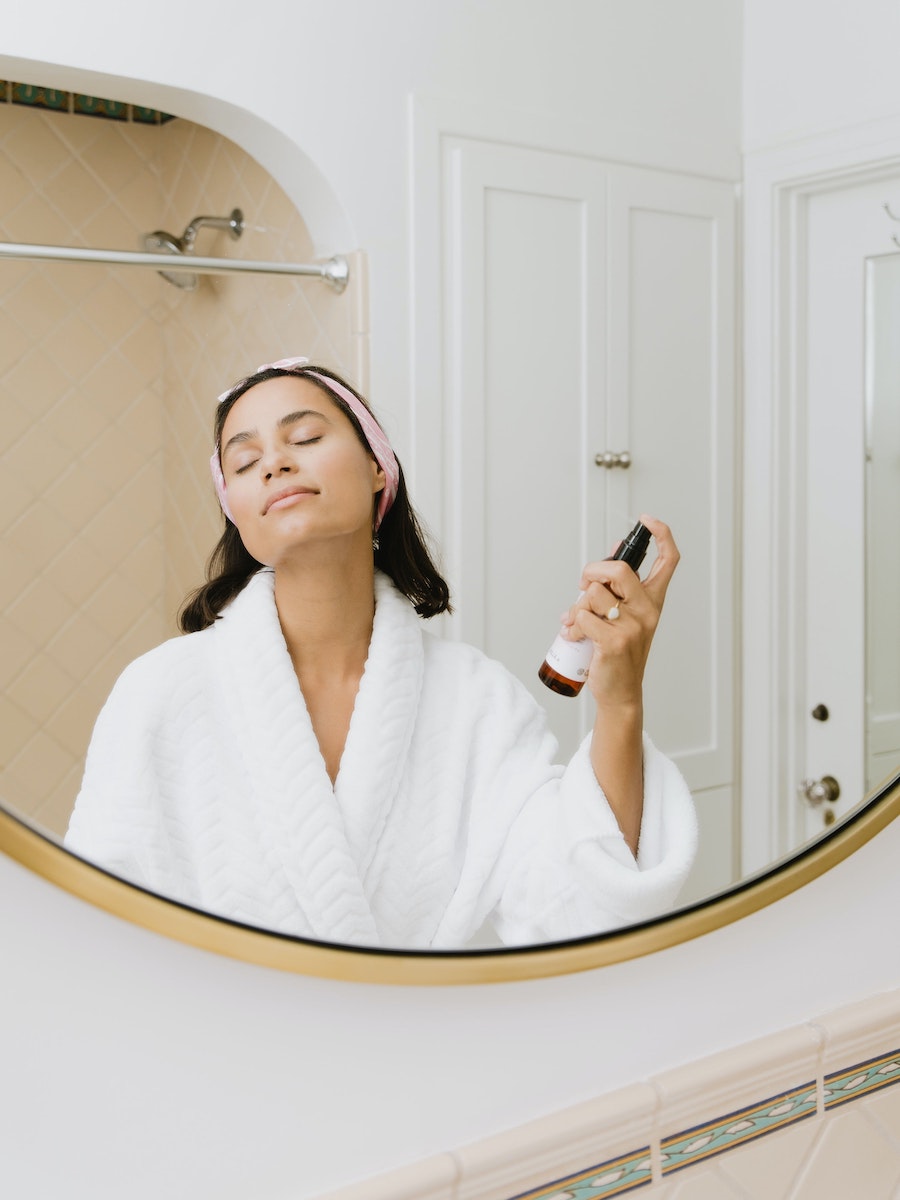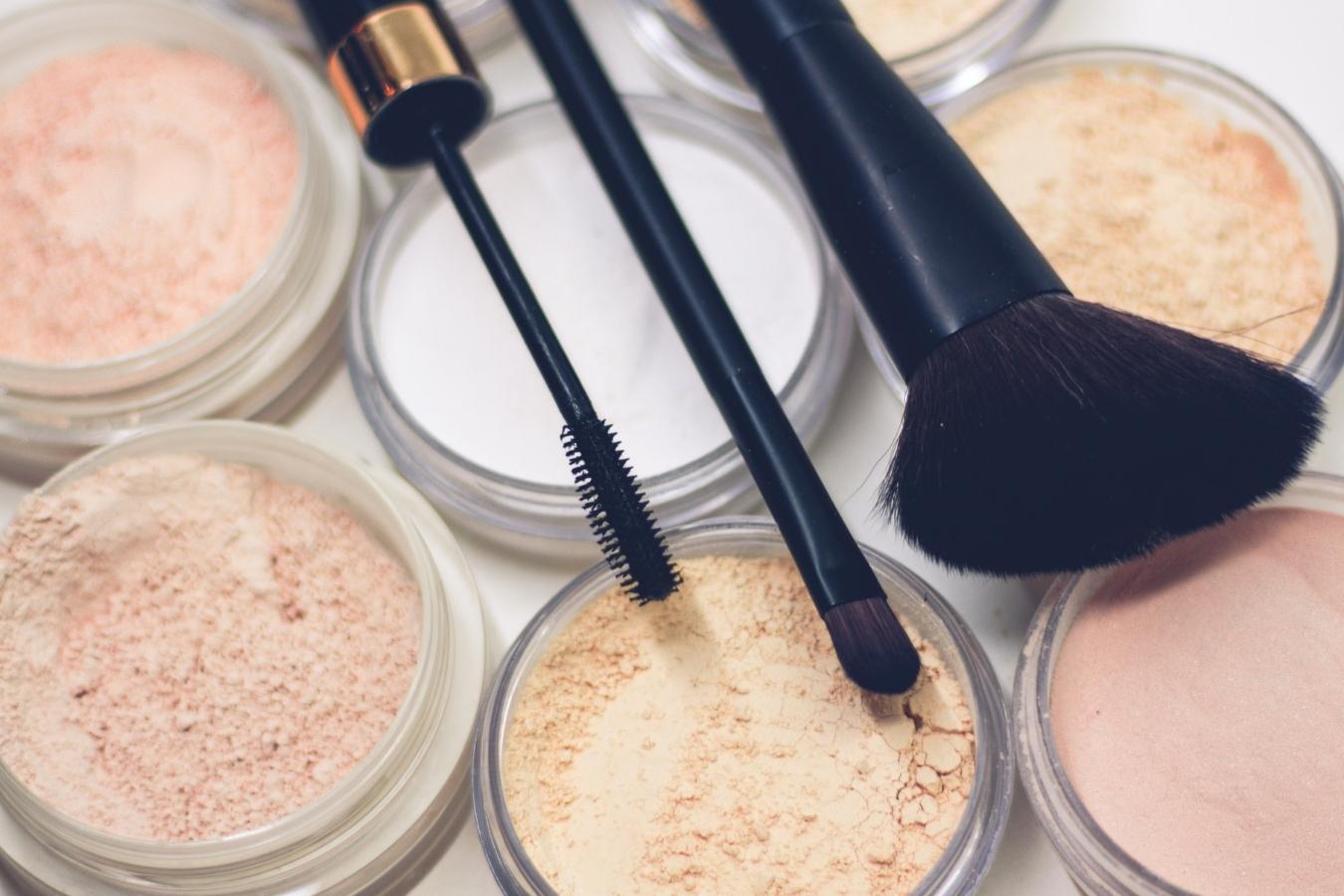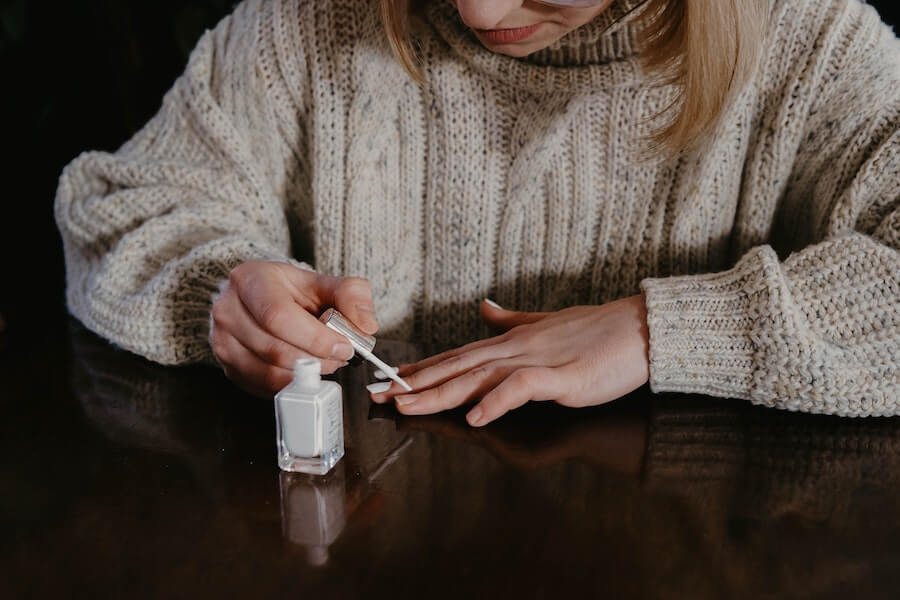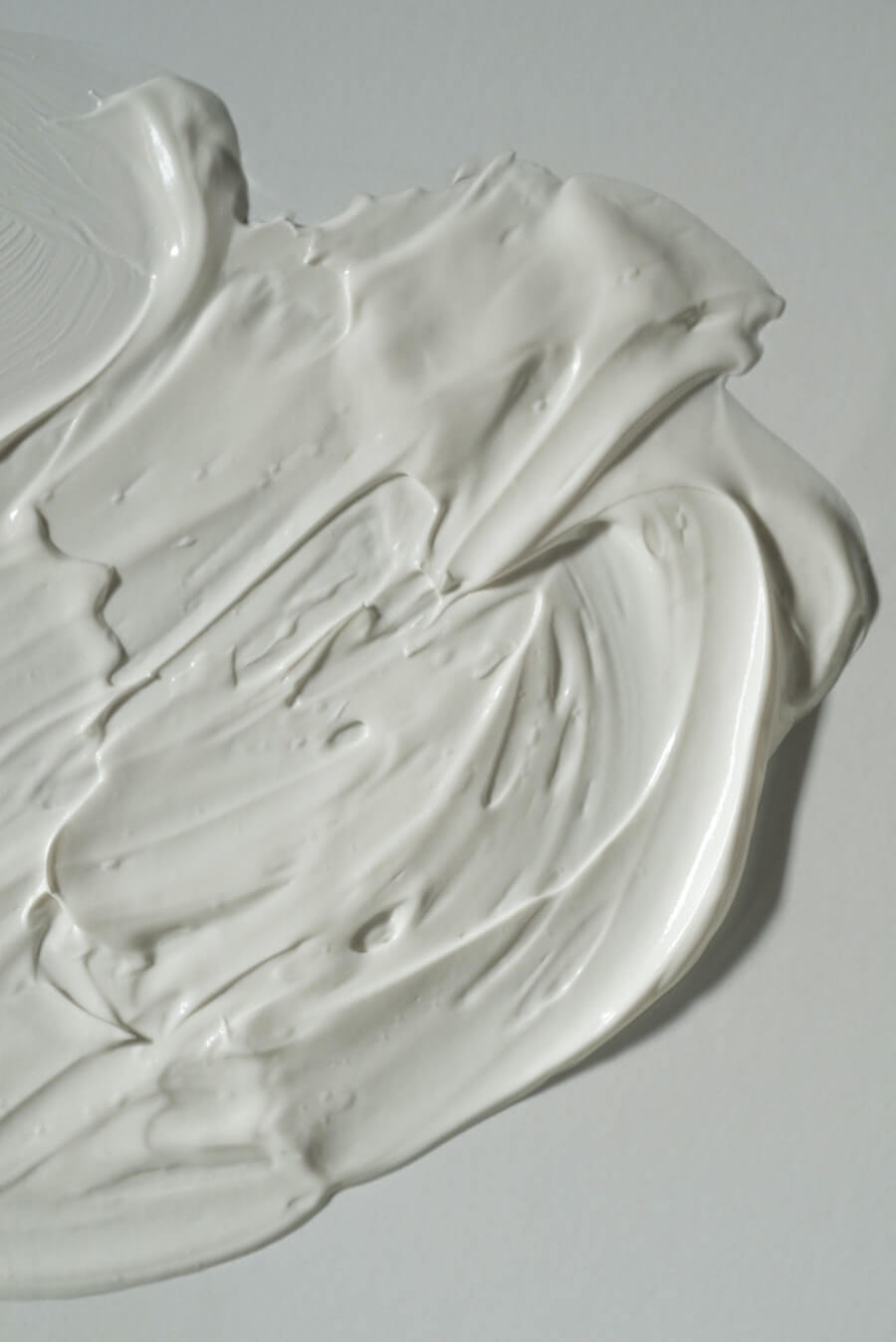[1] Gray, J. State of the Evidence: The Connection between Breast Cancer and the Environment, 2008.
[2] Danish Ministry of the Environment-Environmental Protection Agency. Statutory order on restriction on import, sale and use of certain parabens in cosmetic products for children under 3 years. Available online: http://eng.mst.dk/media/mst/Attachments/Engelskparabenbekendtgrelse.pdf. Accessed April 21, 2022.
[3] Cosmetic Ingredient Review. Final amended report on the safety assessment of methylparaben, ethylparaben, propylparaben, isopropylparaben, butylparaben, isobutylparaben, and benzyparaben as used in cosmetic products. International Journal of Toxicology, vol. 27, no. 4, pp 1-82, 2008. Available online: http://www.cir-safety.org/sites/default/files/paraben_build.pdf. Accessed April 21, 2022.
[4] Ye X., et al., Parabens as urinary biomarkers of exposure in humans. Environmental Health Perspectives, vol. 114, pp 1843-1846, 2006.
[5] Calafat AM., et al., Urinary concentrations of four parabens in the U.S. Population: NHANES 2005-2006. Environ Health Persp, vol. 118, no. 5, pp 679–685, 2010.
[6] Darbre PD, et al., Concentrations of parabens in human breast tumors. Journal of Applied Toxicology, vol. 24, pp 5-13, 2004.
[7] Barr L., et al., Measurement of paraben concentrations in human breast tissue at serial locations across the breast from axilla to sternum. J Appl Toxicol, vol. 32, no. 3, pp 219–232, 2012.
[8] Prusakiewicz JJ., et al., Parabens inhibit human skin estrogen sulfotransferase activity: Possible link to paraben estrogenic effects. Toxicology, vol. 232, pp 248-56, 2007.
[9] Darbre PD., et al., Paraben esters: review of recent studies of endocrine toxicity, absorption, esterase and human exposure, and discussion of potential human health risks. Journal of Applied Toxicology, 2008.
[10] Prusakiewicz JJ., et al., Parabens inhibit human skin estrogen sulfotransferase activity: Possible link to paraben estrogenic effects. Toxicology, vol. 232, pp 248-56, 2007.
[11] Darbre PD., et a., Paraben esters: review of recent studies of endocrine toxicity, absorption, esterase and human exposure, and discussion of potential human health risks. Journal of Applied Toxicology, 2008.
[12] Golden R., et al., A review of the endocrine activity of parabens and implications for potential risks to human health. Critical Reviews in Toxicology, vol. 35, pp 435-58, 2005.
[13] Dabre PD., et al., Oestrogenic activity of isobutylparaben in vitro and in vivo. Journal of Applied Toxicology, vol. 22, no. 4, pp 219-26. 2002.
[14] Oishi S., Effects of butylparaben on the male reproductive system in rats. Toxicology and Industrial Health, vol 17, pp 31-9, 2001.
[15] Kawaguchi M., et al., Maternal isobutyl-paraben exposure decreased the plasma corticosterone level in dams and sensitivity to estrogen in female offspring rats. J. Vet. Med. Sci., vol. 71, no. 8, pp 1027-33, 2009.
[16] Oishi S., Effects of butylparaben on the male reproductive system in rats. Toxicology and Industrial Health, vol 17, pp 31-9, 2001.
[17] Darbre PD., et a., Paraben esters: review of recent studies of endocrine toxicity, absorption, esterase and human exposure, and discussion of potential human health risks. Journal of Applied Toxicology, 2008.
[18] Prusakiewicz JJ., et al., Parabens inhibit human skin estrogen sulfotransferase activity: Possible link to paraben estrogenic effects. Toxicology, vol. 232, pp 248-56, 2007.
[19] The Endocrine Disruption Exchange (TEDX). Methyl paraben. Available online: http://endocrinedisruption.org/popup-chemical-details?chemid=667. Accessed April 21, 2022.
[20] The Endocrine Disruption Exchange (TEDX). Ethyl paraben. Available online: http://endocrinedisruption.org/popup-chemical-details?chemid=573. Accessed April 21, 2022.
[21] The Endocrine Disruption Exchange (TEDX). Propyl paraben. Available online: http://endocrinedisruption.org/popup-chemical-details?chemid=795. Accessed April 21, 2022.
[22] The Endocrine Disruption Exchange (TEDX). Butyl paraben. Available online: http://endocrinedisruption.org/popup-chemical-details?chemid=441. Accessed April 21, 2022.
[23] The Endocrine Disruption Exchange (TEDX). Isopropyl paraben. Available online: http://endocrinedisruption.org/popup-chemical-details?chemid=916. Accessed April 21, 2022.
[24] The Endocrine Disruption Exchange (TEDX). Isobutyl paraben. Available online: http://endocrinedisruption.org/popup-chemical-details?chemid=915. Accessed April 21, 2022.
[25] Darbre PD., et a., Paraben esters: review of recent studies of endocrine toxicity, absorption, esterase and human exposure, and discussion of potential human health risks. Journal of Applied Toxicology, 2008.
[26] Ishiwatari S., et al., Effects of methyl paraben on skin keratinocytes. J. Appl. Toxicol, vol 27, pp 1-9, 2007.
[27] Ishiwatari S., et al., Effects of methyl paraben on skin keratinocytes. J. Appl. Toxicol, vol 27, pp 1-9, 2007.
[28] Darbre PD., et a., Paraben esters: review of recent studies of endocrine toxicity, absorption, esterase and human exposure, and discussion of potential human health risks. Journal of Applied Toxicology, 2008.
[29] Oishi S.,Lack of spermatotoxic effects of methyl and ethyl esters of p-hydroxybenzoic acid in rats. Food and Chemical Toxicology, vol. 42, pp 1845-49, 2004.
[30] Taxvig C., et al., Do parabens have the ability to interfere with steroidogenesis? Toxicological Sciences, vol. 106, no. 1, pp 206-13, 2008.
[31] Taxvig C., et al., Do parabens have the ability to interfere with steroidogenesis? Toxicological Sciences, vol. 106, no. 1, pp 206-13, 2008.
[32] Oishi S., Effects of butylparaben on the male reproductive system in rats. Toxicology and Industrial Health, vol 17, pp 31-9, 2001.
[33] Kang KS., et al., Decreased sperm number and motile activity on the F1 offspring maternally exposed to butyl p-hydroxybenzoic acid (butyl paraben). J. Vet. Med. Sci., vol. 64, no. 3, pp 227-35, 2002.
[34] Oishi S., Effects of butylparaben on the male reproductive system in rats. Toxicology and Industrial Health, vol 17, pp 31-9, 2001.
[35] Taxvig C., et al., Do parabens have the ability to interfere with steroidogenesis? Toxicological Sciences, vol. 106, no. 1, pp 206-13, 2008.
[36] Kawaguchi M., et al., Maternal isobutyl-paraben exposure decreased the plasma corticosterone level in dams and sensitivity to estrogen in female offspring rats. J. Vet. Med. Sci., vol. 71, no. 8, pp 1027-33, 2009.
[37] Kawaguchi M., et al., Maternal isobutyl-paraben exposure alters anxiety and passive avoidance test performance in adult male rats. Neuroscience Research, vol. 65, no. 2, pp 136-40, 2009.
